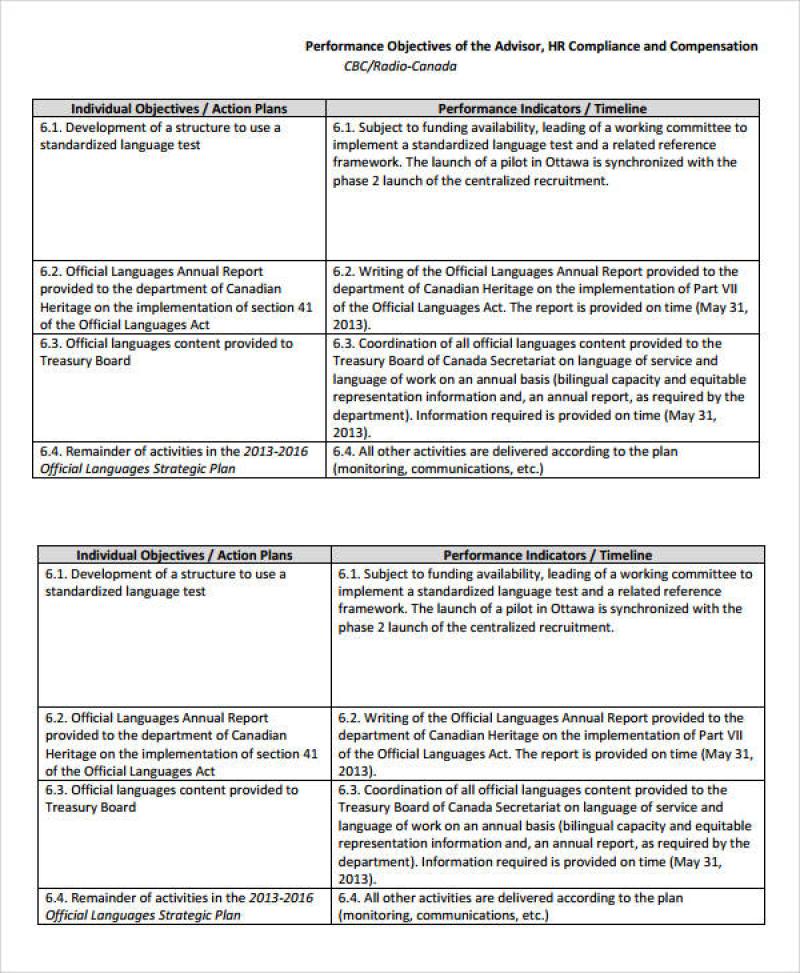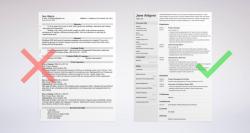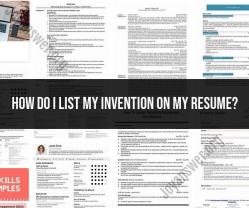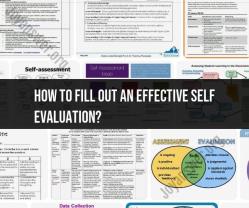How to write performance goals?
Writing effective performance goals is crucial for aligning individual efforts with organizational objectives and promoting professional development. Here's a step-by-step guide to help you create meaningful performance goals:
Step 1: Understand the Purpose of Performance Goals
Before you start writing goals, it's essential to understand why they are important. Performance goals help employees:
- Understand expectations.
- Focus on priorities.
- Enhance skills and competencies.
- Contribute to organizational success.
Step 2: Review Job Responsibilities and Expectations
Examine the employee's job description, key responsibilities, and the organization's overall goals. Identify areas where improvement or enhancement is needed.
Step 3: Use the SMART Criteria
Ensure that each goal is:
- Specific: Clearly define the goal. Avoid vague language.
- Measurable: Establish concrete criteria for measuring progress and success.
- Achievable: Set realistic and attainable goals to keep employees motivated.
- Relevant: Align goals with the employee's role and the organization's objectives.
- Time-Bound: Set a deadline to create a sense of urgency and focus.
Step 4: Focus on Performance, Not Traits
Frame goals in terms of measurable outcomes and behaviors rather than personal traits. For example, instead of saying "be more organized," specify "complete all projects on time."
Step 5: Prioritize Goals
Determine the most critical goals for the employee's role and the organization. Prioritizing helps employees focus on what matters most.
Step 6: Collaborate with Employees
Involve employees in the goal-setting process. This promotes ownership and commitment. Discuss their strengths, areas for improvement, and career aspirations.
Step 7: Balance Short-Term and Long-Term Goals
Include a mix of short-term and long-term goals. Short-term goals provide quick wins and motivation, while long-term goals contribute to sustained growth.
Step 8: Provide Clarity and Context
Clearly communicate the purpose of each goal and how it aligns with the employee's role and the organization's objectives. Context enhances understanding and commitment.
Step 9: Include Developmental Goals
Incorporate goals that focus on skill development, learning opportunities, and career advancement. This supports continuous improvement.
Step 10: Monitor and Review Progress Regularly
Establish regular check-ins to track progress, provide feedback, and make adjustments if necessary. Continuous communication ensures alignment and success.
Step 11: Document and Track Goals
Formalize the goals in a written document. Use performance management tools or systems to track progress and maintain a record for future evaluations.
Step 12: Celebrate Achievements
Acknowledge and celebrate the successful completion of goals. Recognition boosts morale and motivates employees to continue striving for excellence.
Remember, the goal-setting process is dynamic. Goals may need adjustment based on changing circumstances or feedback. Regularly revisit and revise goals to ensure they remain relevant and supportive of both individual and organizational success.
How to effectively write performance goals for professional development
1. Align your goals with your company's mission and values. Your performance goals should be aligned with your company's mission and values in order to be effective. This will ensure that your goals are relevant to your company's overall goals and objectives.
2. Make your goals SMART. SMART goals are specific, measurable, achievable, relevant, and time-bound. This means that your goals should be clear and concise, and you should be able to measure your progress towards achieving them. Your goals should also be achievable and relevant to your professional development, and you should have a specific deadline in mind for achieving them.
3. Focus on your strengths and weaknesses. When setting performance goals for professional development, it is important to focus on both your strengths and weaknesses. This will help you to identify areas where you can improve and develop new skills.
4. Get feedback from your manager or mentor. Once you have drafted your performance goals, it is helpful to get feedback from your manager or mentor. They can help you to ensure that your goals are realistic and achievable, and that they are aligned with the company's goals and objectives.
Key components and strategies for crafting impactful performance goals
1. Specificity: Your goals should be specific and clearly defined. This will help you to track your progress and identify areas where you need to improve.
2. Measurability: Your goals should be measurable so that you can track your progress and see how close you are to achieving them.
3. Achievability: Your goals should be achievable, but also challenging. This will help you to stay motivated and engaged in your professional development.
4. Relevance: Your goals should be relevant to your professional development and your company's goals and objectives.
5. Time-bound: Your goals should have a specific deadline in mind. This will help you to stay on track and avoid procrastination.
Examples of performance goals for professional development
- Develop my leadership skills by shadowing a senior leader for one day per month.
- Complete an online course on public speaking and presentation skills.
- Network with at least 10 new people in my industry each month.
- Take on a new project at work that will challenge me and help me to develop new skills.
- Write and publish a blog post on a relevant industry topic once a month.
Templates for writing performance goals
Here is a template for writing performance goals:
Goal: [Specific and measurable goal]By: [Specific deadline]
For example:
Goal: Improve my public speaking skills by giving two presentations to my team in the next quarter.By: June 30, 2023
Here is another template for writing performance goals:
Goal: Develop my leadership skills by taking on a new leadership role in a project at work.By: December 31, 2023
You can use these templates to write performance goals for any area of your professional development. Just be sure to make your goals SMART and relevant to your career goals.












